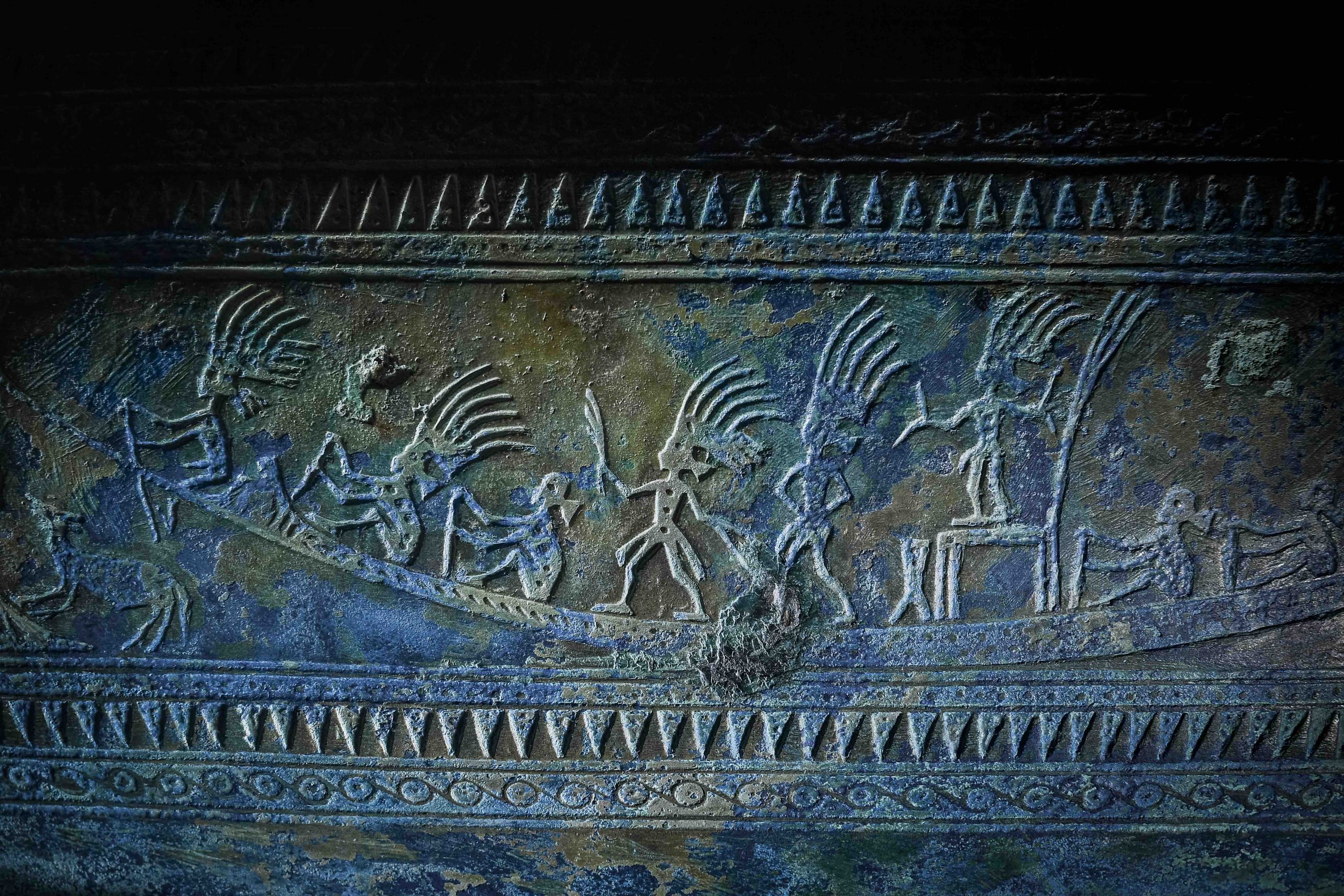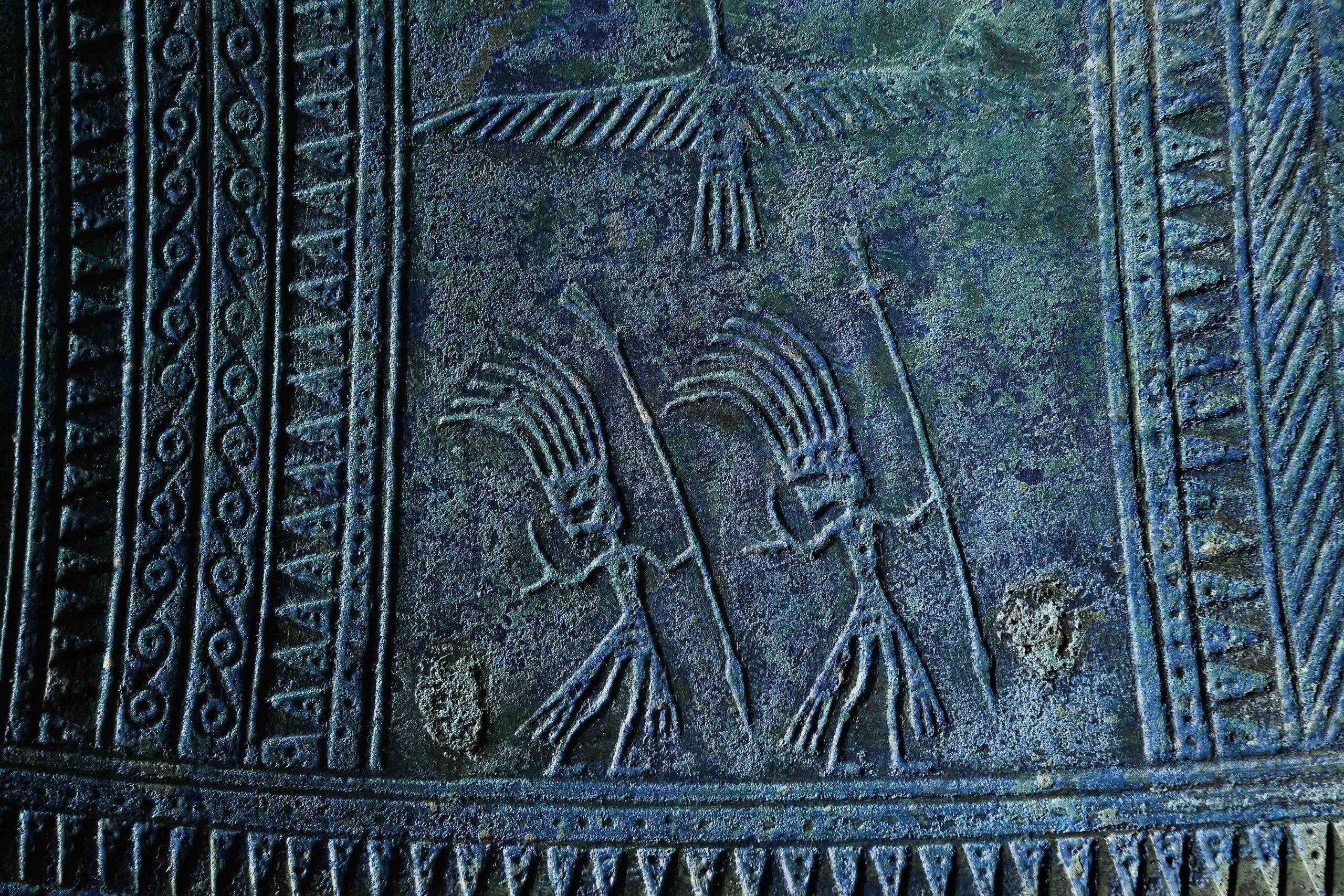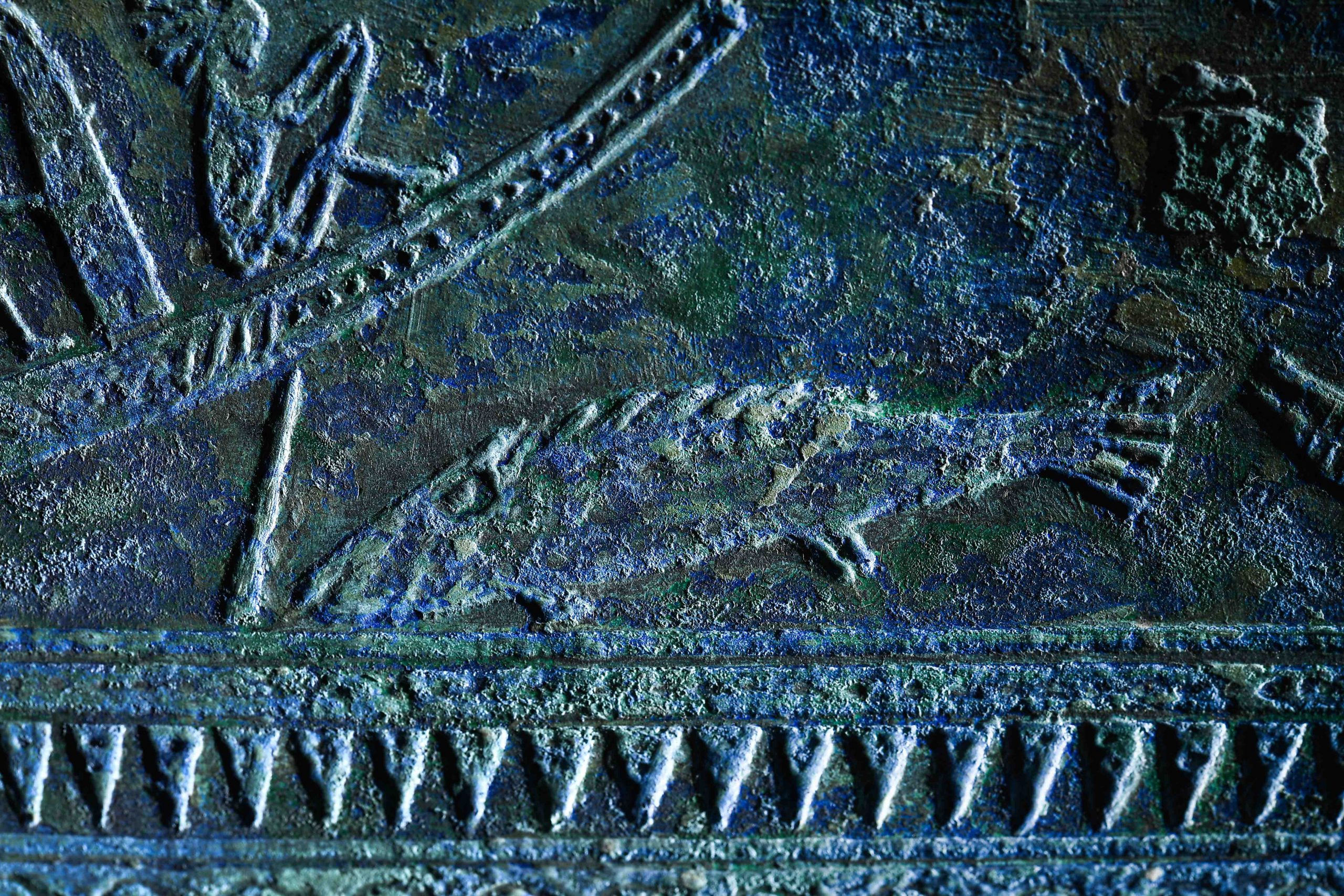Story: Prof. Dr. Trinh Sinh
Photos: Amachau
The Dong Son culture flourished as a brilliant civilization, with ancient communities gathering and cultivating crops in the basins of three major rivers—the Red River, Ma River, and Lam River. They developed wet rice farming and bronze casting, laying the material foundation for the states of Van Lang and Au Lac. Dong Son people maintained a rich spiritual life with various beliefs and festivals, including spring celebrations.

Images of spring festivals have been preserved on bronze artifacts, particularly Dong Son bronze drums that have survived for over 2,000 years. Scientists have gradually decoded these artifacts, revealing one astonishing discovery after another. By combining these findings with comparative ethnographic data, we see that many contemporary customs, traditions, and spring festivals of various ethnic groups in Vietnam—including the Kinh, Muong, Tay, Thai, and Central Highlands peoples—were present during the Dong Son era, as revealed by engravings on bronze drums.
The greatest festival of the Vietnamese people, both past and present, occurs in the spring when the weather turns from cold to warm and plants begin to sprout, marking the celebration of a new year. To “bid farewell to the old and welcome in the new”, the Kinh, Muong, and other ethnic groups traditionally erect tall Neu poles in front of their homes. This practice echoes customs from the Dong Son period. The ancients would raise a pole decorated with floral tassels and bird feathers, corresponding to the sacred pole used to tether cattle during sacrificial ceremonies depicted on bronze drums. Scenes show people leading cattle and holding weapons like diagonal axes and spears. Among Highland communities, this tradition has evolved into modern practices like the buffalo-sacrifice ceremony, or “buffalo eating”—a term coined by the scholar G. Condominas in his famous work “We Have Eaten the Forest“. These sacrificial festivals symbolize hopes for abundant harvests.

During their key New Year and harvest festivals, the Dong Son people staged processions around star-sun symbols. These scenes are typically depicted in the center of the drumhead and show processions of people wearing feathered headdresses, carrying spears and axes, playing panpipes, and striking bells, accompanied by four drummers with mallets. These engravings reveal links to the circular Xoe dance of Thai people and the collective dances of the Co Tu people in Quang Nam with their distinctive outstretched hand positions.
Festival scenes also portray couples pounding rice with pestles or preparing pork for feasts. Round-roofed stilt houses are also depicted. According to ethnographic comparisons, these structures served as granaries filled with rice sacks to symbolize bountiful harvests. Besides storehouses, there are curved-roof dwellings with notched staircases – an architectural style still characteristic of many ethnic minority groups in Vietnam’s Central Highlands today.
Dong Son fertility beliefs are evidenced by representations of coupling figures on the lid of the Dao Thinh bronze jar, expressing wishes for human prosperity during the warm spring season.

Boat races were common during Dong Son spring festivals, comparable to modern-day New Year boat races held by various ethnic groups along many rivers. These events also served as water-praying festivals. Along major rivers, temples were built for prayers to water deities, who were asked for favorable weather and protection from floods and droughts. In recent years, researchers have discovered engravings depicting boats with rowers, rudders, and even sails mounted on center masts on Dong Son drums and jars. These images suggest that Dong Son people not only held spring boat races in rivers but possibly organized maritime fishing festivals. Images of split-tailed sea fish and horseshoe crabs engraved on bronze drums prove that ancient Vietnamese people exploited the East Sea’s resources and navigated routes extending south to the Indonesian archipelago and north to the Yangtze River Estuary in southern China. Dong Son drums cast by ancient Vietnamese people have been found in these regions. International scholars acknowledge the long-ago maritime cultural exchanges that brought ancient Vietnamese people to these areas.
Scenes of vibrant spring festivals engraved on Dong Son bronze drums are valuable cultural artifacts, demonstrating that even in ancient times, multiple ethnic communities jointly contributed to the development of Vietnam’s millennia-old civilization.










